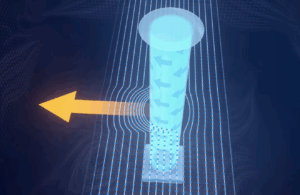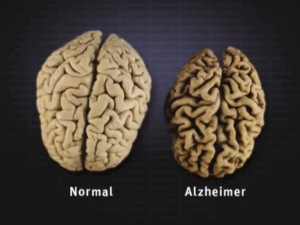What is radioimmunotherapy? How does it work?
Radiation. For many, this word conjures up confusion and fear. After all, isn’t radiation a deadly force that damages cells and causes cancer? Ironically, while radiation can cause cancer, it can also be incredibly useful in cancer treatment. One emerging form of radiation therapy that holds significant promise in cancer treatment is radioimmunotherapy (RIT).
RIT, which combines radiation and immunotherapy, is a personalized cancer treatment in which radioactive material, called a radionuclide, is combined with a lab-created molecule designed to target specific cancer cells, called a monoclonal antibody. Together, the combined radionuclide and monoclonal antibody form a cancer-treating compound known as a radiopharmaceutical. To perform radioimmunotherapy, the patient is first injected with one or two doses of a non-radioactive form of the monoclonal antibody, each injection spaced about one week apart. These non-radioactive antibodies attach to other parts of the body and protect healthy cells from the radiation that will come later (1). The radiopharmaceutical is then injected into the bloodstream where it uses the antibody to bind itself to the cancer cells of the tumor, delivers radiation to the tumor cells, and kills them. (2). RIT is delivered by an intravenous (IV) catheter, which is a thin, flexible, plastic tube that is inserted into a patient’s vein. Additionally, special cameras and scanners, such as gamma cameras, single-photon emission computed tomography (SPECT-CT) imaging, and PET-CT, are used to detect the radiation and create before and after images of the tumor (2).
Radioimmunotherapy offers several advantages over traditional radiation therapy. For one thing, radioimmunotherapy is personalized and is based on the unique biological profile of the tumor, making it more effective in targeting tumor cells than traditional treatments (1). Radioimmunotherapy is selective and binds only to the cancerous cells; so it does not expose healthy tissue to radiation and keeps other parts of the body safe (1). This causes the side effects from radioimmunotherapy to be fewer and milder than those from other forms of radiation treatment (1).
There are currently two radiopharmaceuticals – Zevalin and Bexxar – that have been approved by the FDA in the treatment of non-Hodgkin’s lymphoma, a cancer of the immune system (1, 3). Zevalin utilizes the radioactive compound Yttrium-90 (Y-90), while Bexxar uses Iodine-131 (I-131). Additionally, radioimmunotherapy has been used in the treatment of prostate cancer, neuroendocrine cancer, and other lymphomas (2). Medical professionals also believe that radioimmunology has the potential to transform the treatment of ovarian cancer, melanoma, leukemia, and colorectal cancer (2).
Marie Curie, the 1903 Nobel Prize winner who discovered the radioactive elements radium and polonium and pushed for advances in using radiation in medicine (4), urged that “nothing in life is to be feared, it is only to be understood. Now is the time to understand more so that we may fear less” (5). More than a century later, this quote still holds true. Although nearly 3,600 million radiology procedures take place each year, there is still so much unknown potential usage for radiation in medicine. Radioimmunotherapy offers a new opportunity to use radiation in a positive way, dispelling fears and paving the way for breakthroughs in cancer treatment (6).
Bibliography
- American Cancer Society. (2018, August 1). What Is Non-Hodgkin Lymphoma? Www.cancer.org. https://www.cancer.org/cancer/types/non-hodgkin-lymphoma/about/what-is-non-hodgkin-lymphoma.html
- Fact Sheet: What is Radioimmunotherapy? – SNMMI. (n.d.). Www.snmmi.org. https://www.snmmi.org/AboutSNMMI/Content.aspx?ItemNumber=29736
- Global Initiative on Radiation Safety in Health Care Settings. (n.d.). Www.who.int. https://www.who.int/initiatives/global-initiative-on-radiation-safety-in-health-care-settings
- Radiology (ACR), R. S. of N. A. (RSNA) and A. C. of. (n.d.). Radioimmunotherapy (RIT). Radiologyinfo.org. https://www.radiologyinfo.org/en/info/radio-immuno
- Science, S. (2023, February 22). Top 10 Marie Curie Quotes. Smore Science Magazine. https://www.smorescience.com/marie-curie-quotes/
- The Nobel Prize. (2019). The Nobel Prize | Women who changed science | Marie Curie. Nobelprize.org; The Nobel Prize. https://www.nobelprize.org/womenwhochangedscience/stories/marie-curie
Image







Comments are closed.